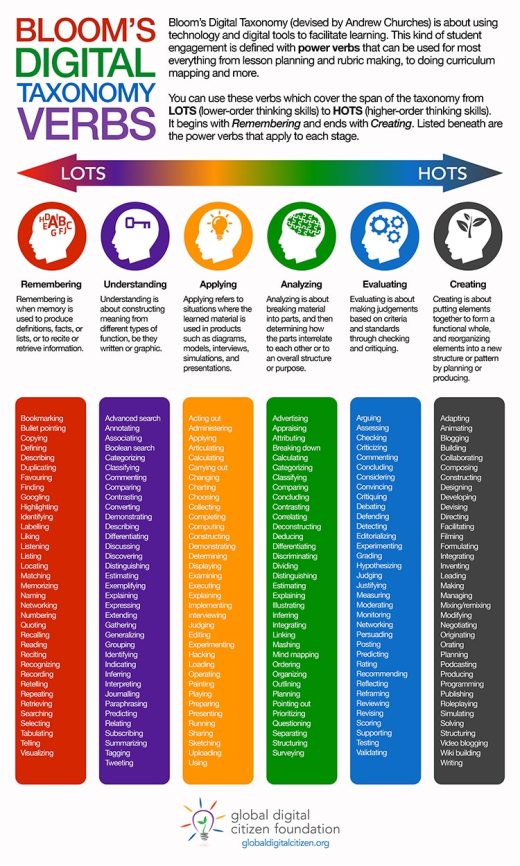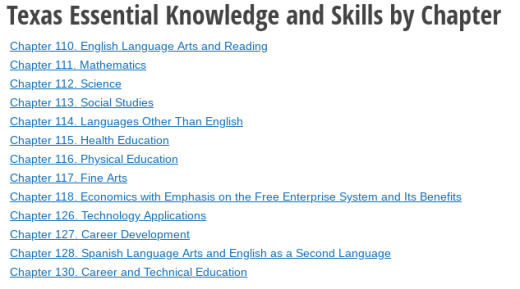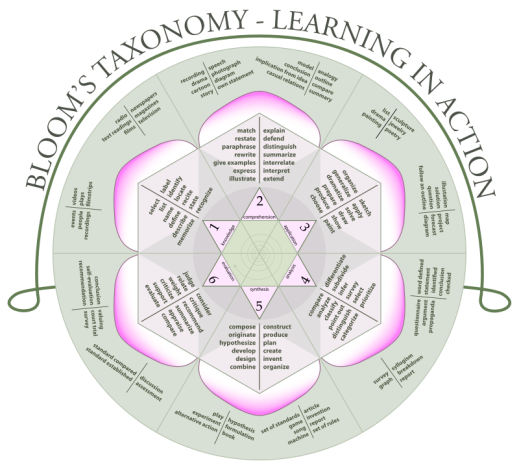At the beginning of this school year our principal brought forth the analogy that was meant to be the guiding theme of the upcoming school year. The school, he stated, was just like a cruise ship. It was easy to see where someone might come up with that analogy, especially since principals tend to think about their whole school all of the time. There are many things that schools and cruise ships have in common. But one one of the things he left out; and one of the most important things about schools and education as a whole; is that schools, like cruise ships, take a lot of effort to turn around.
In other words, once an educational system, whether its the system as a whole, or just an individual school, sets off on a path, it takes lots of effort to stop it, much less turn it around. This is why the common solution experts come up with to help “failing” schools is to turn over the whole thing; new staff, new students, the works; or shut the whole thing down. Surely one of those will solve the problems we keep running into over and over and over again.
So, one of the things that was introduced into the educational system in order to “increase the rigor,” a word which appears to have absolutely no nice definitions. . .

- via Google Search
was Bloom’s taxonomy, which offered a classification system for lower order and higher order thinking. The first model, the cognitive model (knowledge) was introduced in 1956. The model provides six different levels for student understanding, starting with the basic “Remembering;” literal recall of information with or without any real understanding of the topic; and the H.O.T. “Creating;” making new products or even points of view.

- via Global Digital Citizen Foundation
Just so. Texas began introducing their TEKs in 1996, first in the core curriculum, but then, when they saw just how well that was going, they doubled down and came up with TEKS for everything. Everything.

Bloom’s Taxonomy plays a big part in the TEKS that Texas uses and in virtually every traditional education system. They use it for assessments, lesson structure, objectives, and activities. It is not entirely self-evident what they might be looking for, but we can examine them and see where the taxonomy comes into play.
Even though the TEKS are broken up into a series of sentence fragments (and run-on, and oh my gods just such a horribly constructed sentence) they do still fit the noun+verb+object format. For all of the TEKS, the noun is “The student,” a lovely, future imperfect clause, “is expected to,” then the verb and object. The verb is the key, because it it is tied directly to the taxonomy.

If you take a look at that rose, the words in the pink petals are the verbs that you are looking for. So the TEK gives you the verb which shows you the correct level of thinking. It doesn’t stop there, of course. If you start with level 1, Remember, the goal is to move them on the same object to comprehend, level 2. So a student who can identify a list of names, the goal would be to have them describe those individuals.
Next time around, I want to take a look at one of the TEKS taught in sixth grade social studies and, with a little bit of luck, see how all of this comes together.